Which Fitness Tracker App Should You Use?

Today’s topic is fitness tracker apps that you can use to get a clearer picture of your diet, your activity levels, and many other things that you may want to keep an eye on when you’re in the midst of a health transformation.
There are a lot of trackers out there!
I’m going to be giving you my answers to the following questions:
-First of all, should you even be tracking all these metrics, and if so, for how long?
-What information should you be tracking?
-Which apps do I recommend?
-How much do they cost? Do they have free versions?
-What features do they have?
-What things about each of them may drive you ever-so-slightly crazy?
By the way, I have no affiliation or sponsorship with any of these products. This is my 100% unbiased opinion.
First a quick disclaimer: This information is for general educational purposes only. It is not a substitute for personal advice from a qualified healthcare professional. I have done my best to ensure that everything I am about to say is accurate and up-to-date as of the publication of this material, but I cannot guarantee that things such as pricing are correctly outlined, as they do change.
So let’s get into it.
Tracking Your Food
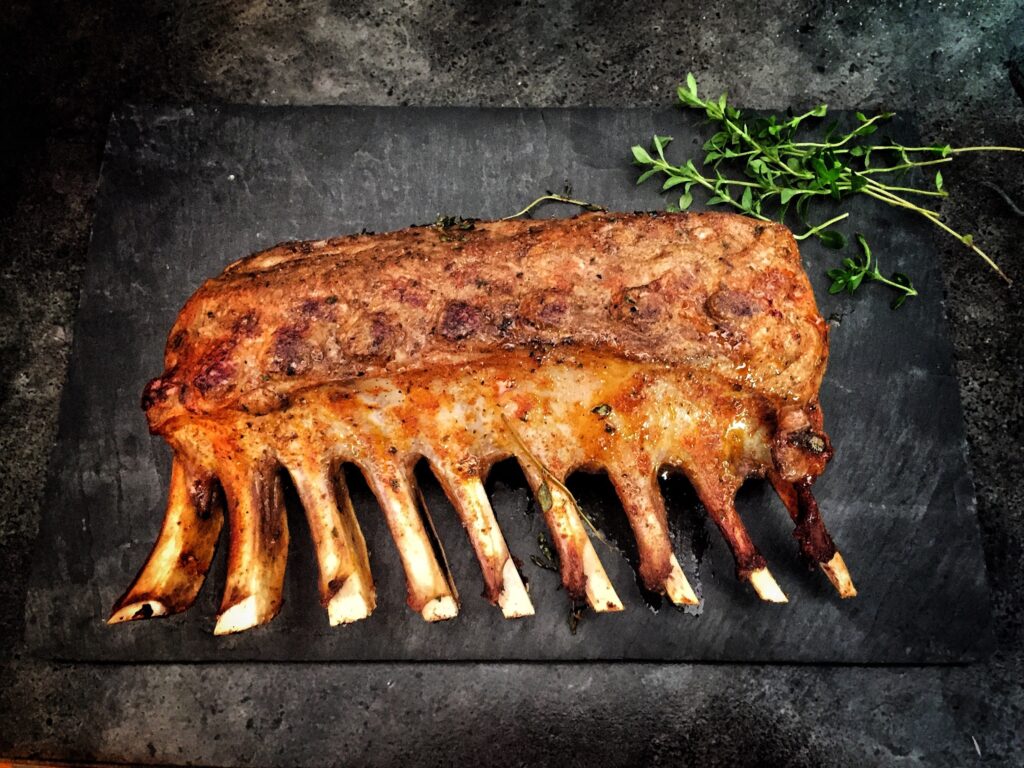
To start with, is it a good idea to track what you’re eating?
In general, I would say, “yes.” If you are doing a diet like the ketogenic diet, which is very much focused on your macronutrient ratios, you know, making sure you get a certain percentage of your energy from fat, another from protein, and limiting your carbs, then I think it’s a spectacular tool. It can give you real insights into what food has what in it.
If you’re strictly doing fasting, on the other hand, then macronutrients do take somewhat of a backseat, and your most important metric is going to be when you eat, and when you don’t. So in this case, you might not be so concerned with the specific macronutrient breakdown of your food.
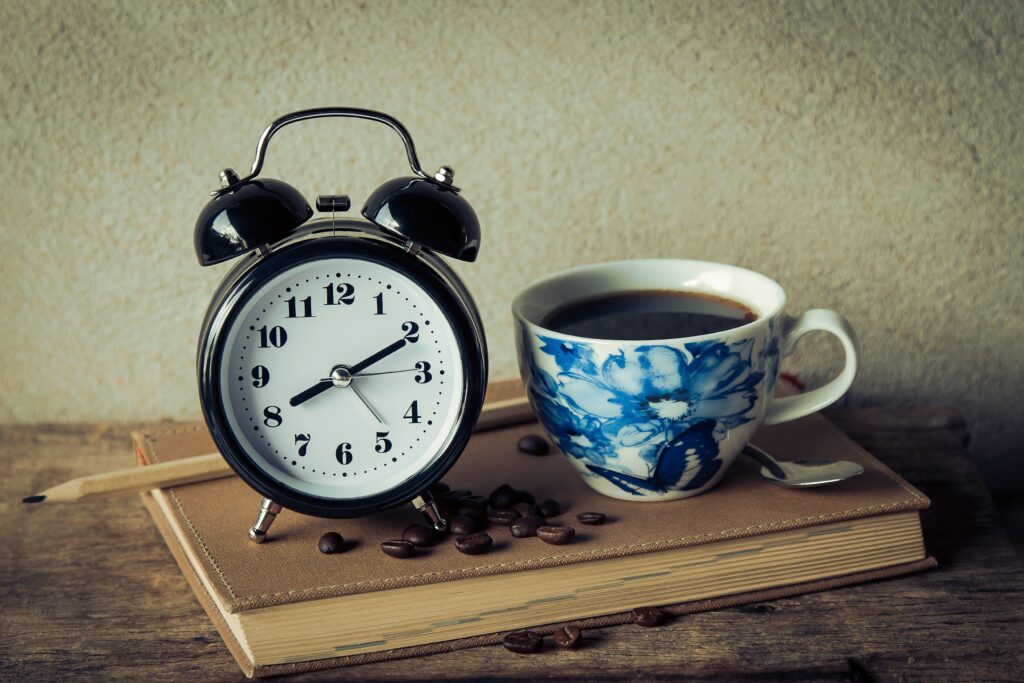
If you’re combining keto and fasting, then, yes, you’ll probably want to track both what you eat, and when you eat it.
However, no matter how you’re eating and where you are on your health journey, it’s always a good idea to have some data on your micronutrients too, and by this I’m talking about vitamins and minerals. You want to see if there’s any essential nutrient that you’re really lacking in your diet so that you can adjust accordingly.
So, for most people adopting a specific dieting style in order to get healthier, I would say, “Go for it,” and track your food the best you can, at least at the beginning. If you feel like it just takes too much time and effort, then try just doing it until you feel you have a good idea of what’s going on. In my case, when I started doing keto and fasting together, I tracked almost religiously, taking careful notes on everything I ate, some of the things I drank too, and how long my fasting periods were. Now, I feel like I more or less know what’s going on, so I don’t do it every day. I do, however, occasionally check in with the ol’ food diary and track an entire day’s worth of meals, just to make sure I’m not missing anything. For example, I had been eating a lot of yogurt and even making my own at home. Somehow I’d gotten it into my head that it was a very low-carb food. It’s not, exactly, so now when I eat yogurt, I make sure to add other things along with it to balance everything out according to the way I want to eat. Thanks, apps!
Tracking Your Exercise

Okay what about tracking your exercise? Many of these apps also allow you to. Should you do it? Well, it depends. If you already have a good exercise regimen in place and you’ve made a habit of it, then I don’t think tracking it will really help you much, although it can make you feel good to put in something like, “Today I walked for forty-five minutes!” Yay me! I’m awesome!
If, on the other hand, you’ve decided to make a change to the amount of exercise you do, or you’re starting from a place of being sedentary, then it can be very useful to have the data on that so that you can see your progress over time.
I do want to mention, though, that there’s something I see a lot of people do which I don’t really think is a good idea, and that’s tracking their exercise calories, or how many calories they burned from each activity. Many of us were raised to believe that calories in, calories out was the holy grail of weight loss, that all you needed to do was eat less and move more. I’m not going to tell you what I think of that today. That’s a whole other topic. Yet I do want to ask you to think about it. Have you tried this as a method of losing weight? Did it work? If not, there’s your data right there. If it did work, how long did it work for? A few weeks? Months? How did you feel? Was it easy, or did you feel like you were starving? And moreover, even if this idea of calories in, calories out does work, how much time, effort, and gadgetry is required to get a truly accurate number each day? More than I want to deal with, that’s for sure.
Other Metrics You Can Track

Apart from food and exercise, you can also keep an eye on things like your weight, measurements, sleep, how much water you drink, just to name a few. This is a personal decision, so think about which ones are important to you and go from there. In my case, I have data on my weight in one of my apps going back as far as 2011, and I enjoy seeing the changes and recalling what I was doing through the years and how it affected my body.
Apps You Can Use to Track Your Diet, Exercise, and More
So let’s talk about some of the apps that are out there.
MyFitnessPal
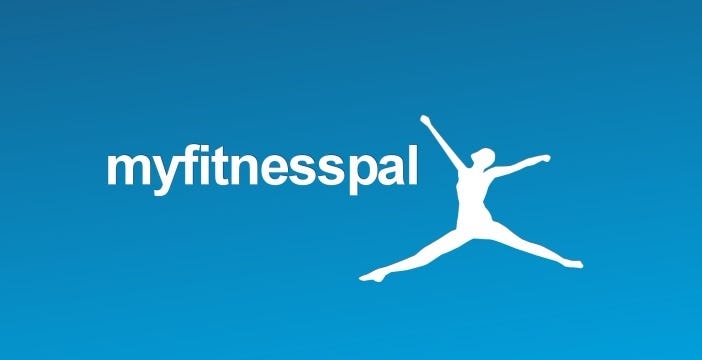
We’ll start with MyFitnessPal. This one’s been around since 2005 and claims to have more than 11 million different foods in its database. Of all the apps I’ve used, MyFitnessPal does seem to have the most foods already listed. I can put products in that I buy in the U.S. in English, and I can put things in that I buy here in Colombia, en español, and most of the time the food pops right up, along with its nutrition information. If not, it’s easy enough to create a new food in the database.
Overall, the app is quite easy to use. It syncs with lots of different devices such as smart scales and movement trackers, and has integration with tons of other apps, such as Strava, Apple Health, and Fitbit. It also has a community function, where you can connect with your friends to share your progress, join all sorts of groups based on things like interests or locations, and ask questions on a forum board. It has millions of users, so there’s always someone to talk to.
Something that I don’t like about MyFitnessPal is that the nutrition information it shows is somewhat basic. It is very similar to the information you’d find on the food label in most countries. A lot of the essential nutrients are missing from the information. I suppose they do this so that it’s easier for their users to enter new foods without feeling overwhelmed, but if you’re someone who’s trying to pay more attention to your vitamin and mineral intake, the app may come up short for you in this regard.
MyFitnessPal has a free version which has a lot of features and works well, but is ad supported. If you are the type of person who gets easily annoyed by pop-ups and banner ads, this could be a point of frustration for you, as there are a lot of them on there. The premium version costs $19.99 a month in the U.S., or $79.99 per year, but the price varies by country. I found a lower price here in Colombia, for example. This paid version allows you to customize the app’s layout, specify your desired macros by gram instead of just by calorie percentage, offers more food analysis and insights, allows you to export your data to a .CSV file, and takes away those pesky ads, in addition to some other features.
Included in the app are a selection of workout videos, some free and some only with the premium version, guided meditation and breath work in an audio format, and a large collection of recipes.
Now there’s something about this app that I really disagree with. I don't like that the app scolds me about certain things, especially saturated fat. If I eat certain foods, and put them in my diary, a message appears that says, “This food is high in saturated fat.” More and more research is coming out to say that the hysteria about saturated fat was just that - hysteria. Therefore I don’t want the app to chastise me for something that I am not worried about. I tried putting in several different foods with high saturated fat contents to trigger the warning and give you an example, but I couldn’t. So I thought maybe they had removed the feature, so I emailed them! Turns out the warning is still there. This is what they said, “The saturated fat insight is still very much part of the program. But it does have some conditions to be met and also other insights, like noting something is high in protein, would take priority if their conditions were both met. I can’t give the specifics about the requirements for the insights to trigger.” Okay, make up your minds guys. You’re saying that sometimes it’s bad but sometimes it’s not that bad, or what? I completely disagree with the notion that saturated fat is bad for you. I’ll get into the specifics of why another time, but for now suffice it to say that I am wholeheartedly against warnings popping up in my food diary to tell me I’m a bad girl because I ate saturated fat. Additionally, they have another warning that also rubs me the wrong way. If you eat what MyFitnessPal considers too few calories in a day, when you finish your food diary for the day, the app tells you that you have not eaten enough, and will not allow you to post your diary publicly so that others can see it, and then it encourages you to eat snacks. I feel that this warning can be counterproductive for many people, especially those who are fasting and thus may wind up with some lower calorie days, and in general snacks really aren’t a good strategy for weight loss.
All in all I think that MyFitnessPal is a good app if you want to track your basic nutrition stats, and I love the community feature.
Fitbit
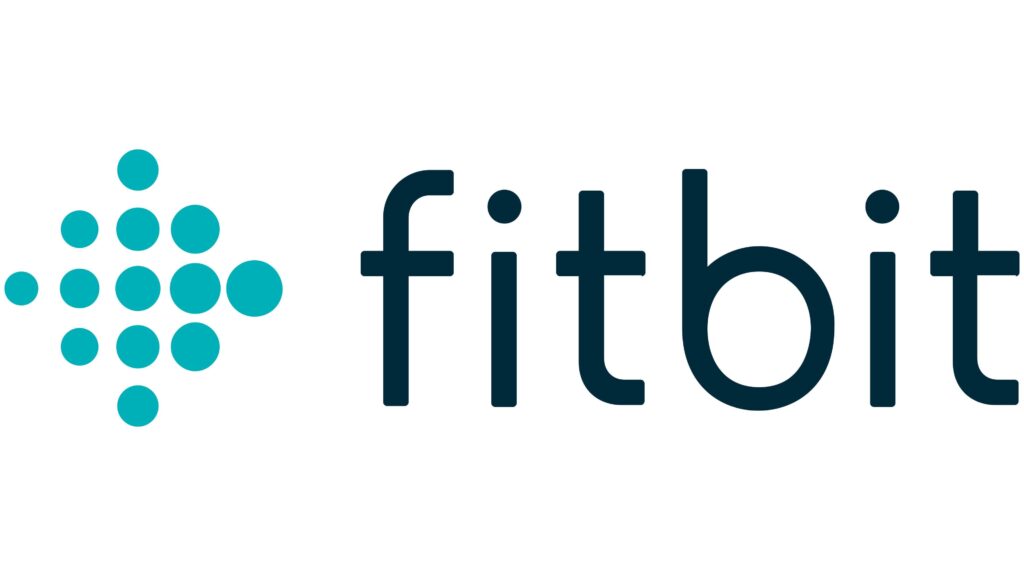
All right, now I want to talk about another tracking app called Fitbit. Many people know Fitbit because of their wearable fitness trackers, but you can use their app whether you have one of those or not.
I won’t spend too much time on Fitbit because I think it is very similar to MyFitnessPal, in that it has very limited nutritional information, but, like MyFitnessPal, it does have a large food database that supports a variety of languages. It also, like MyFitnessPal, has a huge community of users that you can connect with. Unlike MyFitnessPal, however, it only syncs with Fitbit devices, and offers very little integration with other apps.
One thing that sets the Fitbit app apart is that it has a lot of workouts. Some are available with the free version and some only with the paid one. There are even workouts that you can do completely seated, including if you are in a wheelchair. The app also offers short guided mindfulness sessions.
Fitbit offers wellness reports with the premium version that you can print out and share with your doctor or another healthcare professional such as a nutritionist or wellness coach. These reports show an overview of your health data and include stats and charts about your heart health, weight, sleep, and activity.
Compared to the free version of MyFitnessPal, the free version of Fitbit has much fewer ads, making for a more pleasant experience using the app. The premium version costs $9.99 a month or $79.99 a year.
Zero
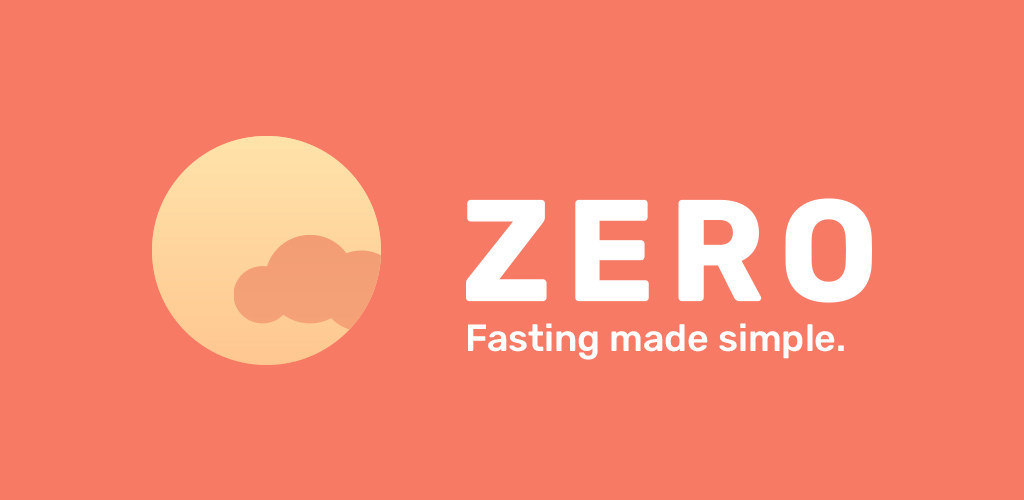
Up next on our list of apps is Zero. Zero was mainly designed with users who are fasting in mind. It allows you to choose how many hours you would like to fast, and set a timer to track how long you’ve gone without eating. As you go through the fast, the app tells you what “zone” you’re likely in. It goes from anabolic to catabolic, then fat burning, then ketosis, then deep ketosis. What the heck does that even mean? Very long story short, those are the different zones we go through as we move from a fed to a fasted state. The app explains what each one means and what’s going on in your body in each process. I find it a really cool feature of Zero, although in the free version, it’s very much an approximation.
It has a very limited food diary function, which basically asks you if your meal was small, medium, or large and how carbohydrate-rich it was. It does not provide any insights into the nutritional content of your food, so there’s no way to tell with this app if you didn’t eat enough fat today, for example, or if your meal was lacking in vitamin C. It does, however, allow you to enter and track things like your weight, glucose levels, ketone levels, resting heart rate, sleep, and activity. The app integrates with Apple Health, Fitbit, Oura, and Biosense.
Zero doesn’t have much in the way of a community that’s accessible from the app, aside from challenges. For example, you can join a challenge to do one 85-hour fast within the next 10 days, or four 16-hour fasts in the next week, and you get a cute little badge in the app if you complete it.
One thing I really like about Zero is its informational content. It has many articles, podcasts and videos about fasting, nutrition, and overall health.
The app has a free version and a paid version. The free version allows you to do all of the things I mentioned previously. The paid version allows you to schedule your fasts ahead of time, gives you access to even more expert content, creates graphs of your data and allows you to see your data for more than one week, unlike the free version, and gives you the ability to estimate your fasting zone a bit more accurately by basing it on both what you last ate instead of just when and your exercise. The paid version costs $9.99 a month or $69.99 a year, worldwide, however the exact currency conversion depends on the app store where you purchase it.
All in all, I think Zero is a great app to keep track of how many hours you’re fasting, and I really love the added information and the fasting zones. For tracking the nutritional content of your food, however, this is not the app. You’d need to use it together with something else.
Cronometer
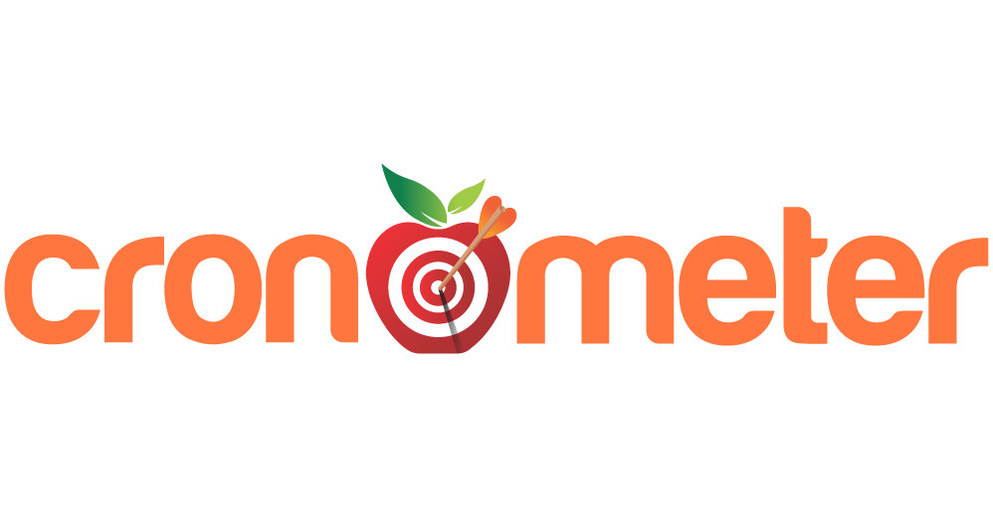
Next up is Cronometer. Holy cow does this app have some serious nutrition information in it. When you input a food into this app, it shows you a detailed breakdown of carbs, including net carbs (carbs minus fiber), starch, sugar, protein and then a breakdown of the nine essential amino acids (things like lysine, tryptophan, and so on) plus two more amino acids that are part of a group called conditional amino acids (meaning we need them when we’re sick or stressed). It shows different types of fat including omega-3 and omega-6 content. It also shows information about 12 of the 13 essential vitamins (the only one missing is vitamin B7, also known as biotin). It also shows many but not all of the essential minerals (things like magnesium, phosphorus, zinc, etc.). It can even show you your caffeine intake for the day, if you dare.
The free version has pop-up ads that can be a bit annoying, as sometimes you have to wait until a video plays before you can finish what you’re doing. The premium version, called Cronometer Gold, costs $8.99 a month and $49.99 a year. It’s ad free and includes a recipe importer where you can import recipes from websites, a timestamp feature where you can record the exact time you ate something, a feature called “the Oracle” that gives you food suggestions to help you meet your nutrition targets, and also a fasting timer if you would like to keep an eye on the length of your fasts.
I really like the interface of this app. I find it very easy to use and I like that it shows my macro breakdowns for the day along with my food diary all on one screen, so I don’t have to toggle back and forth between two screens to see the information that’s most important to me. Another thing that’s really cool about this app is that it’s highly customizable. You can select specific nutrients that you want to keep an eye on, say, for example, potassium and vitamin D, and then see a curated list of how you’re doing on those each day right from the home screen with a few swipes. It makes it much easier than having to switch between different sections and hunt for the info you’re looking for, which you have to do on most other apps.
Cronometer integrates with Apple Health and several devices such as Fitbits, Oura Rings, and Garmin products. In terms of what you can track with this app, it’s your diet, in quite a lot of detail as I mentioned, your exercise, and a lot of biometrics such as sleep, lab work values, all sorts of measurements, your mental state, and even your poop! You can also create a custom biometric if the one you want is not on there.
In terms of community features, there are links to their social media accounts as well as to a forum where you can chat with other members. The forum community appears to be on the smaller side at the moment, so you might not have as lively of a conversation as you would on some of the apps with a bigger following, but there are people on there for sure.
When all is said and done, I really love this app. I think it offers you so many nutrition insights, and I love that you can customize it to suit your needs.
Carb Manager
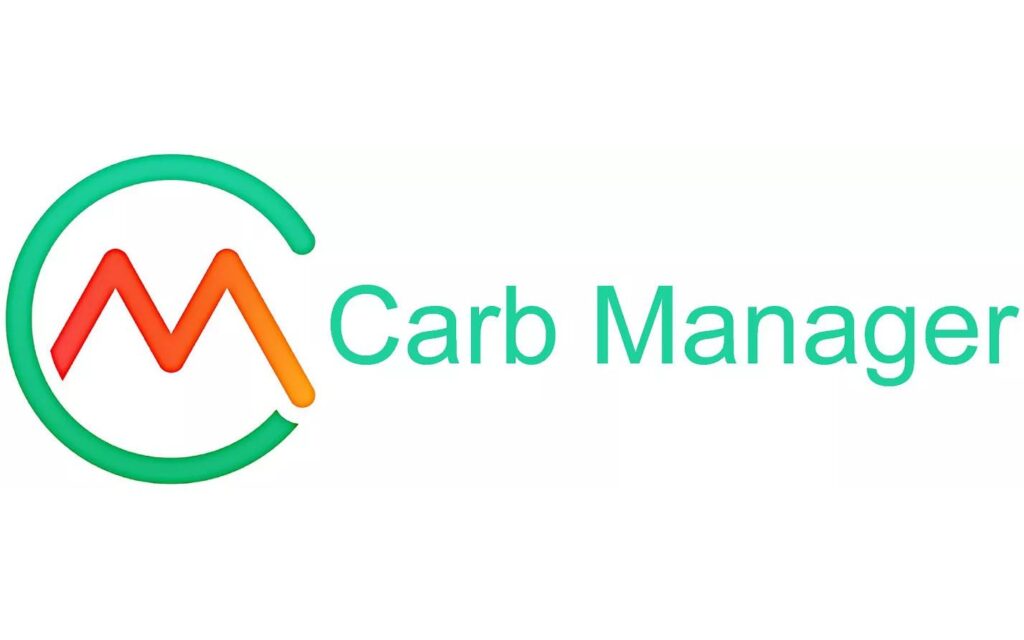
With Carb Manager, you can track your weight and a variety of measurements such as your diet, exercise, water intake, and sleep. You can also track a variety of other things like your blood pressure and your fasting times, but only with the paid version. It took me a minute to find where all these metrics were located. The app also offers integrations with Apple Health in the free version; all other integrations are only available with the paid version. It also took me a while to figure out where the integrations panel was located. I can’t shake this feeling that I’m using the app wrong, to be honest. It’s just not very intuitive, but I’m sure you could easily learn it in just a few minutes.
The paid version of the app is $3.33 a month, making it the least expensive of the premium options on this list.
To sum it up, I think that Carb Manager has a lot of potential, but I would like to see a better interface, a bit more accuracy, and that points system has got to go
My Final Verdict
To sum it all up, I would say that if you want the best free option, use Cronometer to track what you eat along with the Zero app to track when you eat it.
In terms of the best premium option, I vote for Cronometer as it has outstanding nutritional information and a fasting timer as well.
My award for best community goes to MyFitnessPal, as they have a big one.
And the award for best workouts goes to Fitbit.
In terms of the best feature, I’m going to award this to Carb Manager’s keto grades, although they need to review the ratings for accuracy, like, seriously.
Everyone is different, but for me personally, Cronometer came out on top.
My Personal Experience
I’d taken a bit of time off of tracking because I felt like I had a pretty good handle on everything, but during the course of putting this information together I have been inspired to get back into it, so I’m jumping back on the horse and I’m going to track my food for the next week. The first health tracking app I ever used was MyFitnessPal, so I had been using that as my main tracker just because I’m the most familiar with it, and was also using Zero to track my fasts, and had only really played around with the other ones a few times, but after compiling this information and going through all the apps one by one with a critical eye, I confess that I’m going to spend a bit of time with Cronometer to take an in-depth look at all the nutritional information it provides.
All right, so I hope this information has been of use to you. If you would like support with your health and wellness goals, please reach out to me here on my website. I would be thrilled to speak with you.
Thanks so much for being here and have a happy and healthy day.

